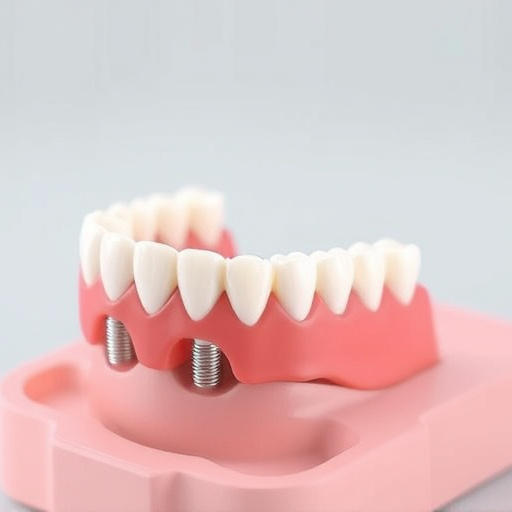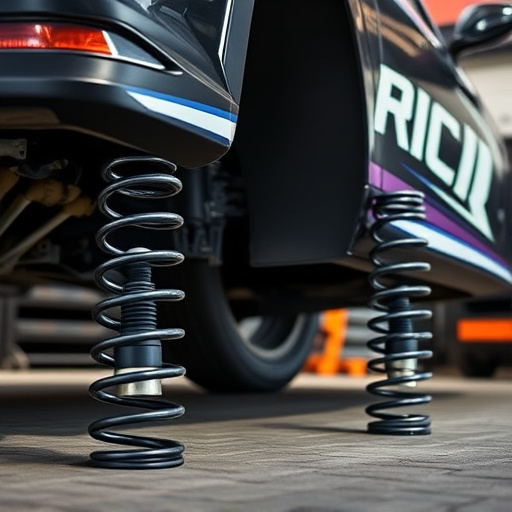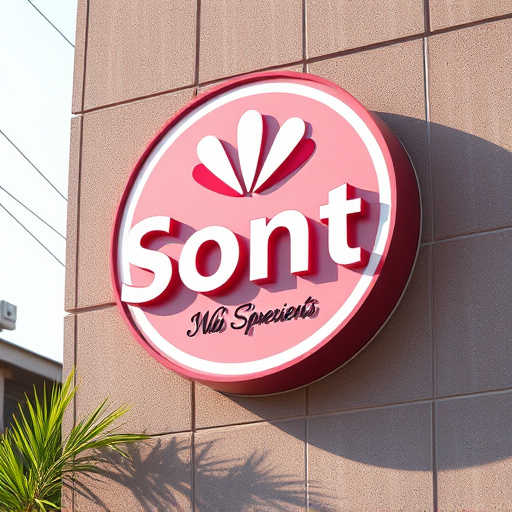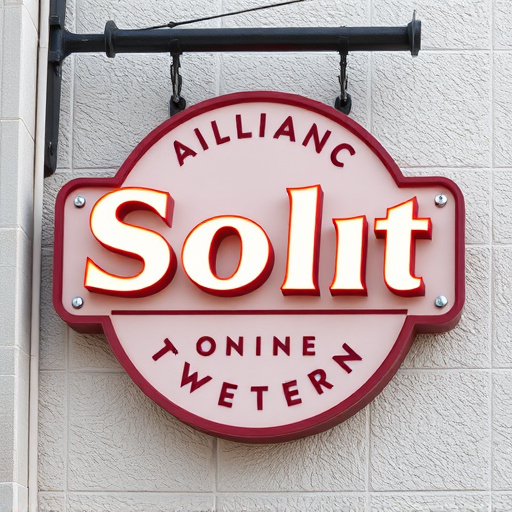Quality workmanship is a vital differentiator in service industries, driving customer satisfaction and business success. Automotive detailing showcases its impact, where meticulous craftsmanship, premium services, and flawless finishes create positive experiences and build client trust. Achieving consistent quality involves continuous training, robust quality control, and a focus on industry best practices, fostering strong client relationships and setting businesses apart from competitors.
Quality workmanship is the cornerstone of client satisfaction, fostering a relationship built on trust and durability. In an era where clients demand excellence, understanding the profound impact of quality craftsmanship is paramount. This article delves into the intricate link between exceptional workmanship and minimal client complaints, exploring strategies to achieve and maintain high standards. By examining these key aspects, businesses can navigate the competitive landscape, ensuring long-lasting client relationships.
- Understanding the Impact of Quality Workmanship
- The Relationship Between Craftsmanship and Client Satisfaction
- Strategies to Achieve and Maintain High Standards
Understanding the Impact of Quality Workmanship

Quality workmanship is a cornerstone of any successful business, especially in service industries where client satisfaction is paramount. When businesses prioritize delivering high-quality finishes and meticulous attention to detail, it sets a standard that resonates with customers. This approach not only enhances the overall customer experience but also has a profound impact on reducing post-service complaints.
Clients are more likely to be satisfied and loyal when they receive work that demonstrates exceptional craftsmanship, such as advanced heat rejection technologies or sleek ceramic coatings. These features not only add aesthetic value but also ensure durability and functionality. By investing in quality workmanship, businesses create a positive impression that extends beyond the initial service, fostering client trust and encouraging repeat business.
The Relationship Between Craftsmanship and Client Satisfaction

The relationship between craftsmanship and client satisfaction is a symbiotic one. When a job is executed with quality workmanship, it sets a high standard for client expectations. In the context of vehicle enhancement or automotive detailing, this means paying meticulous attention to detail, utilizing premium automotive services, and ensuring every finish is flawless. Clients appreciate the visible signs of skilled labor—a meticulously polished exterior, interior that exudes care, and functionality that feels refined. This level of craftsmanship not only enhances the aesthetics but also ensures the longevity of the vehicle, which are all factors contributing to higher client satisfaction.
Moreover, quality workmanship fosters trust and builds lasting relationships with clients. When a business consistently delivers premium automotive services, clients feel confident in their decisions and are more likely to return for future vehicle enhancement needs. The reputation for superior craftsmanship becomes a powerful marketing tool, setting the business apart from competitors who might offer cheaper but less reliable services. Ultimately, prioritizing quality workmanship is not just about avoiding complaints; it’s about fostering client loyalty and creating a positive experience that resonates long after the job is done.
Strategies to Achieve and Maintain High Standards

Achieving and maintaining high standards of quality workmanship is a multifaceted endeavor. One key strategy involves continuous training and development for staff, ensuring they stay updated with industry best practices and the latest innovations in their field. This could include workshops, certifications, or even mentorship programs to foster skill enhancement.
Additionally, establishing robust quality control measures at every stage of the work process is essential. Whether it’s in premium automotive services like ceramic window tinting or crafting custom graphics, regular inspections and testing can identify and rectify issues early on. Incorporating feedback from clients is another vital tool; their insights can highlight areas for improvement and reinforce what’s working well, ultimately contributing to consistent quality workmanship.
Quality workmanship is a cornerstone of client satisfaction, fostering trust and loyalty. By prioritizing meticulous craftsmanship, businesses can significantly reduce client complaints and enhance overall experience. Investing in strategies that maintain high standards ensures a competitive edge and promotes long-term success, as happy clients are more likely to become repeat customers and advocates for the brand. Embracing quality workmanship is not just an act of professionalism; it’s a powerful tool for business growth.














